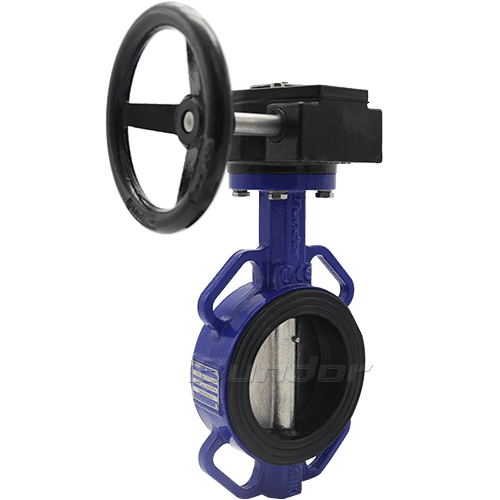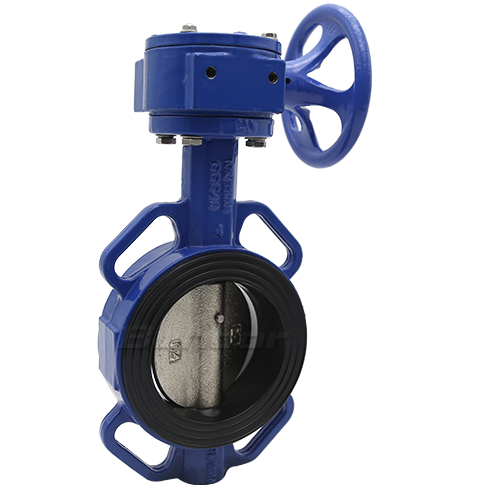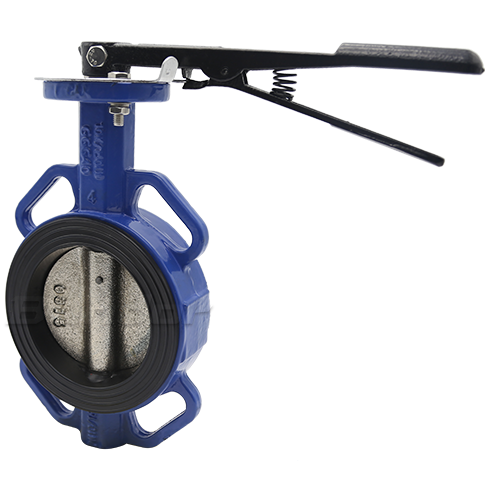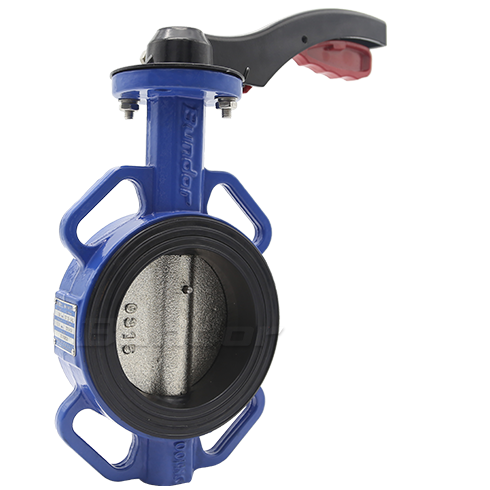1. The check valve is a valve that automatically opens and closes the valve stem. Its function in the system is to prevent the fluid from flowing backwards.
The check valve is divided into a lift type and a swing type according to the structure. When the medium is downstream, the valve disc of the lift check valve rises. When the medium is reversed, the valve disc closes itself, preventing backflow of fluid. The check valve has good sealing performance and simple structure, but has a large resistance to fluid. The rocker of the swing check valve rotates around the sealing surface. When the medium is flowing downstream, the rocker is opened, and when the medium is reversed, the rocker is closed by itself to prevent backflow of fluid. This check valve is generally installed on a horizontal pipe, and its flow resistance is small, but the sealing performance is worse than that of the lift check valve.
2.The pressure reducing valve is a valve that automatically maintains the outlet pressure by adjusting the inlet pressure to a desired outlet pressure and relying on the energy of the medium itself. The action of the pressure reducing valve is mainly to change the gap between the valve and the valve seat through the sensitive components such as diaphragm, spring, piston, etc., so that steam, oil, air, etc. can achieve self-decompression.
3. The safety valve protects the pipes and vessels subjected to internal pressure. When the pressure of the medium in the protected system rises above the specified value (that is, the seat pressure of the safety valve), the safety valve opens itself and discharges part of the medium to prevent overpressure. When the medium pressure drops to the specified value (that is, the return pressure of the safety valve), the safety valve automatically closes.
4. The trap is an automatic valve. It is mainly used on steam heat exchange equipment or pipes to remove condensate while preventing steam from flowing out.








